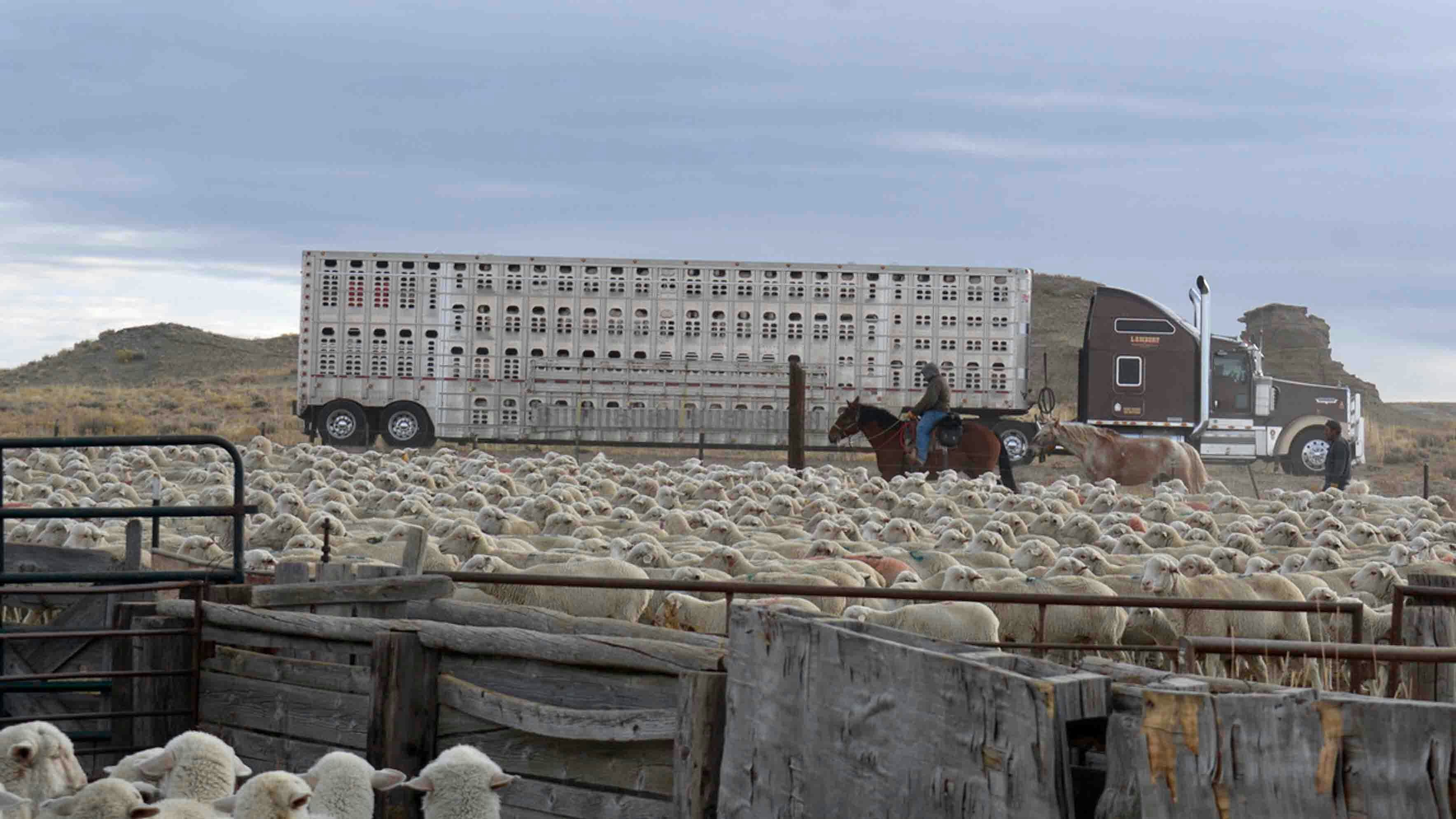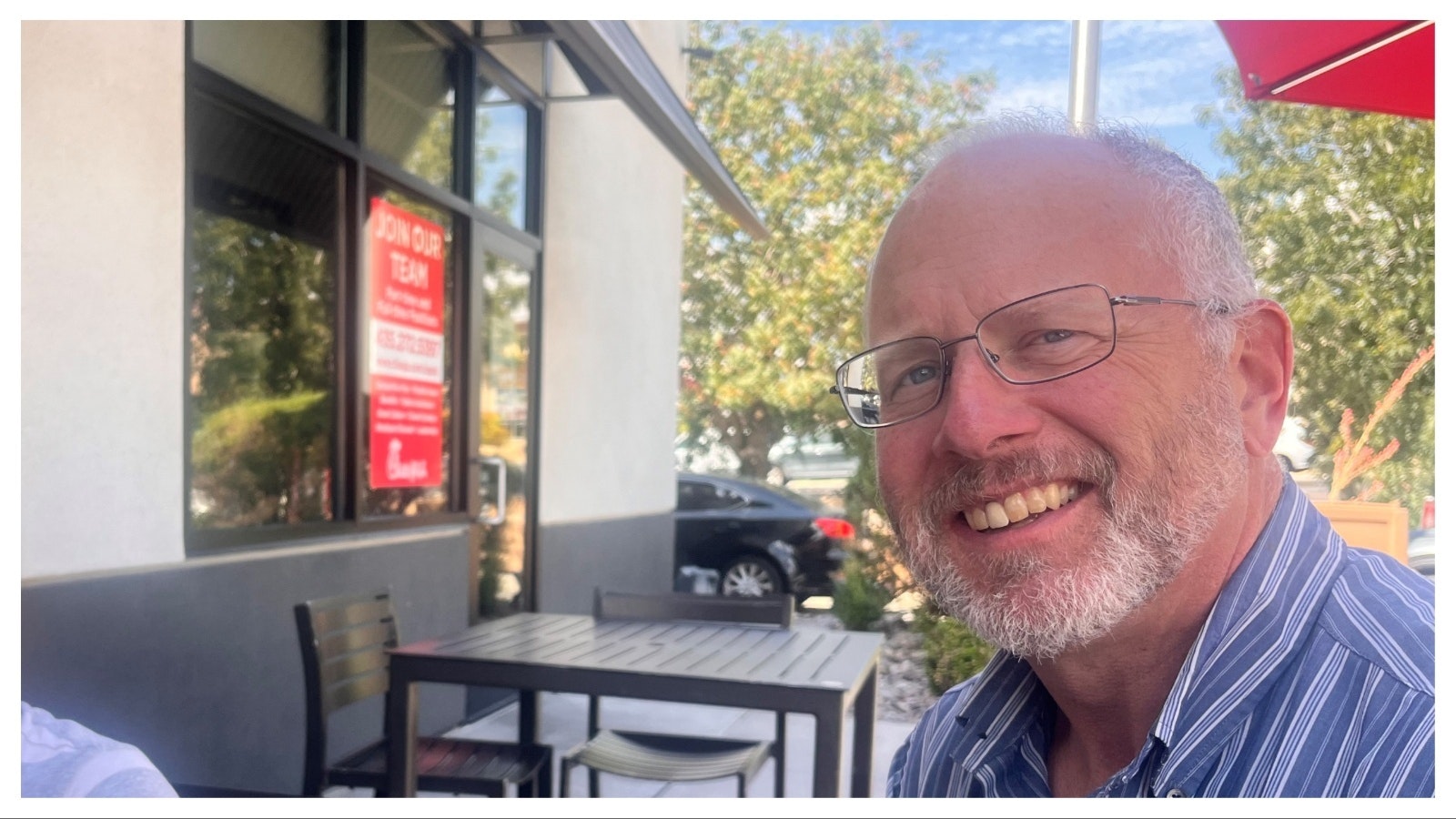We had a little rain overnight, just enough to keep the dust down in the pens while we work. Bundled in our chore coats, hoodies, and woolen hats, Wednesday was a typical October day in western Wyoming, with crisp morning temperatures gradually giving way to a beautiful, overcast day.
As we drive on the county road headed south across the desert at 6 a.m., we encounter stock trucks with trailers full of horses as riders prepare for a day of gathering cattle, cattle pots headed to ranches to pick up calves that are headed to market, semi-tractor trailers beginning their day hauling loads of material for a road improvement project, and orange-clad hunters driving pickup trucks towing off-road vehicles on the trailers behind them.
It was still dark when we reached the sorting pens, but the trucks were already on site, idling next to sheepherder camps. There were draft horses tied to commissary wagons, herding dogs racing back and forth as thousands of sheep flowed through the open gates into the wooden pens with the ever-present livestock guardian dogs sticking close to their flocks.
The sheepmen and herders and helpers wore headlamps in the darkness, directing the flow of sheep through a series of pens and sorting chutes, the thousands of sheep flowing like water, united in forward movement.
Three flocks had congregated on this part of the desert that was once covered by the crocodile-infested waters of Lake Gosiute some 50 million years ago. The ewes with their 80-pound lambs at their sides had slowly grazed from the foothills of the Wind River Mountains to arrive at the sorting pens a few days prior. They had watered at a nearby well the previous afternoon and had rested and grazed outside the pens last night.
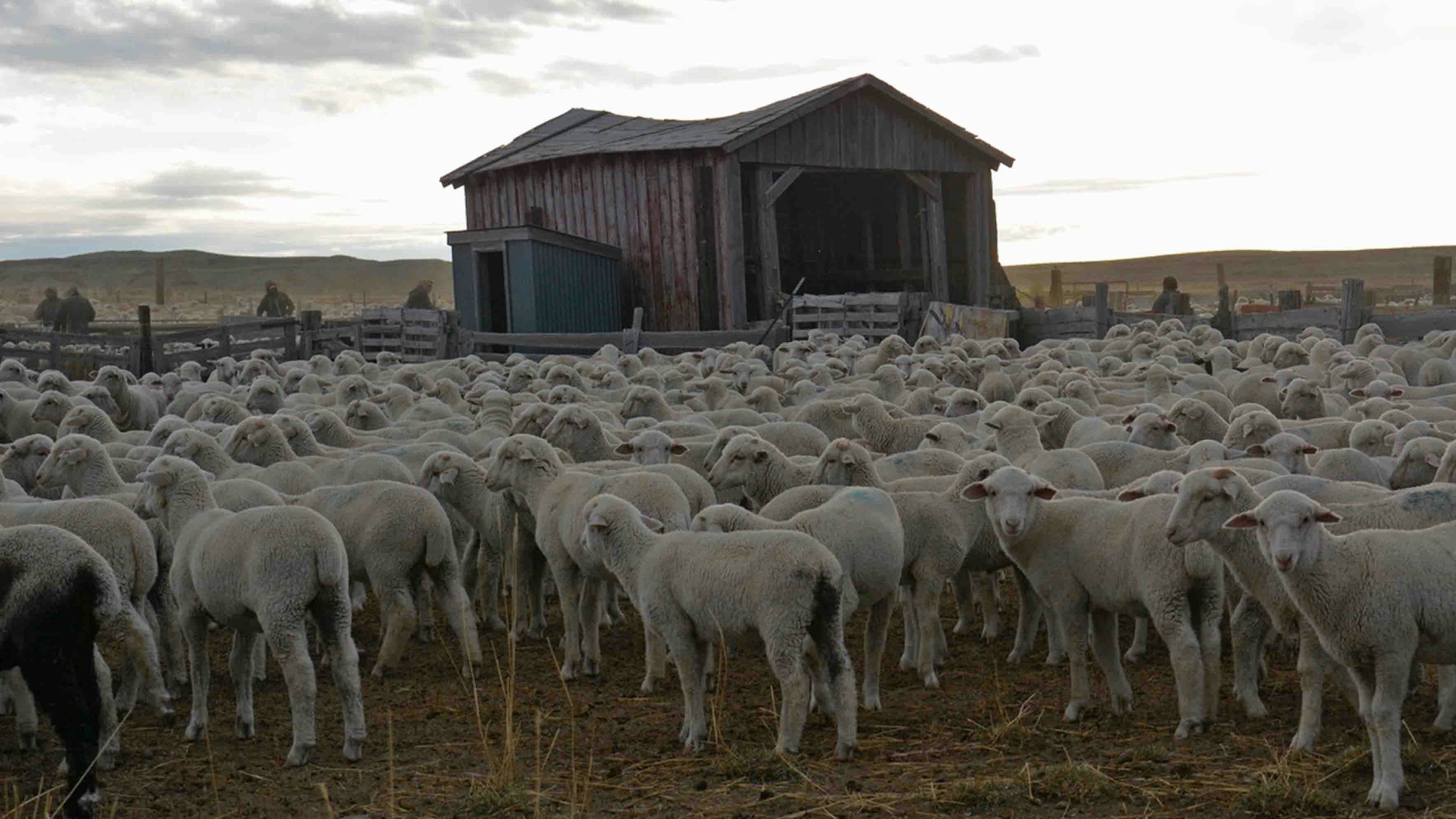
The workers included the truck drivers who carefully loaded a specific number of lambs into each trailer compartment, the lamb buyer looking over the lambs to be sure they met desired specifications, a veterinarian preparing a health inspection report on the lambs, a brand inspector checking the animals and preparing the official documents to allow transport of the sheep across state lines, and a diversity of handlers working the sheep through the pens. Conversations were held in English, Nepalese, and Spanish.
We worked to sort the wether lambs from the adult ewes and their ewe lambs, as it was the wether lambs that were sent down the main run of the chute, with the females diverted into another pen by a cutting gate to the right.
Emerging from the main sorting chute, the wethers entered a pen and moved through a narrow chute and up a loading ramp into the waiting trailers.
Within two hours the trailers would be full and the trucks would backtrack to Farson to log their weights on the public scales located behind the community center before beginning the journey to deposit the lambs on alfalfa fields in central California.
As the last of the wethers were being loaded, herders opened the gates to allow a flock of ewes with their ewe lambs to begin moving out of the pens and back onto the open range. Herders mounted their horses, leading their extra horses as herding dogs moved closely alongside.
The livestock guardian dogs trotted away from the pens to rejoin their flocks. The sheepherders would push each flock away from the pens and begin the next leg of their grazing journey. Each sheepherder camp and commissary wagon were hooked together behind a pickup truck.
This “train” would deposit the camp-and-wagon combination at the location where the herder would bed the flock for the night. Every few days, the train will move out ahead of the flock as the sheep graze their way south.
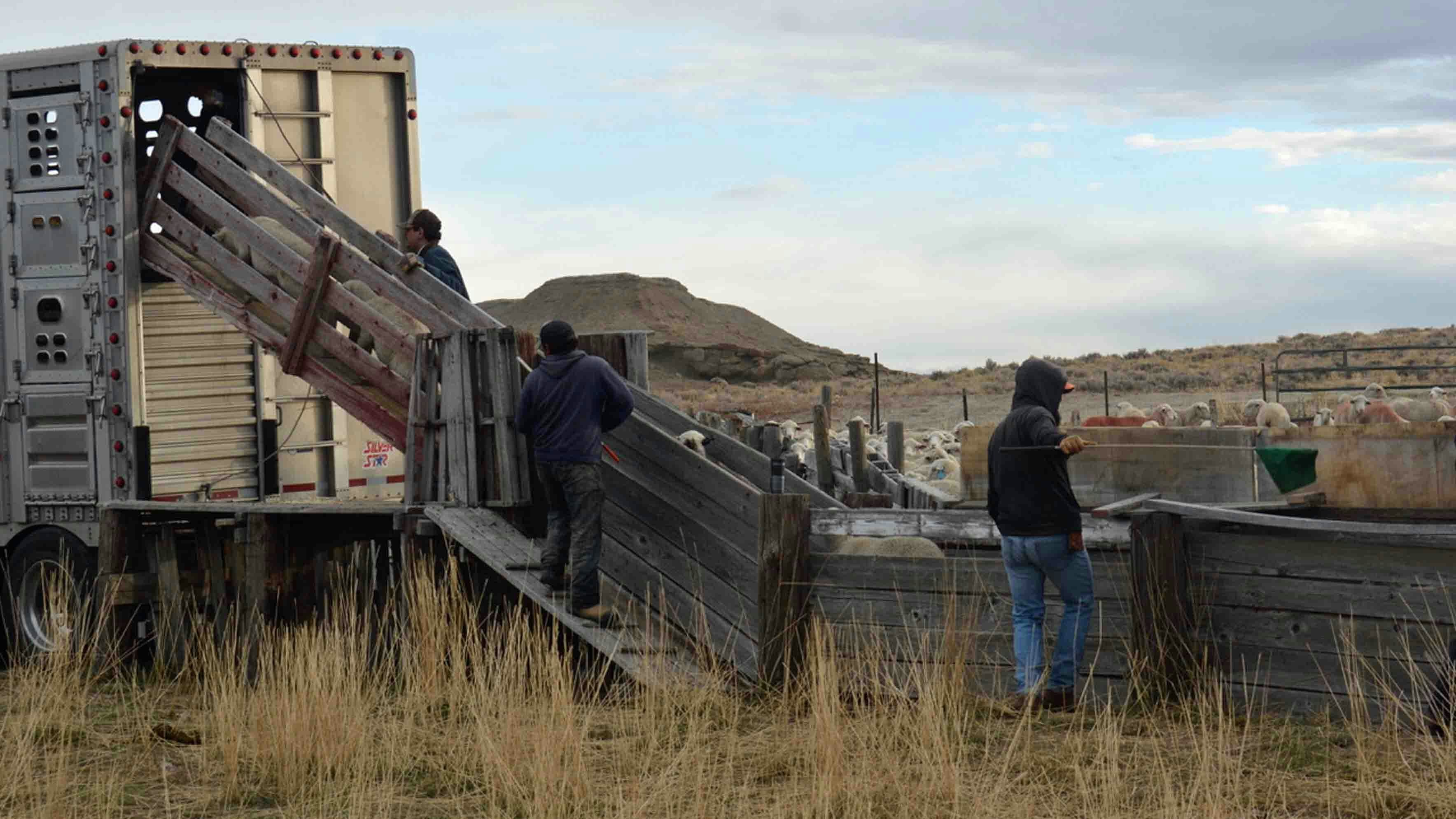
By December 10, the flocks will arrive to winter on rangelands near Rock Springs and south to Wyoming’s border with Colorado.
This is slow food production, with domestic animals moving with the seasons, grazing on nature’s bounty in much the same manner and movement as wild ungulate herds that share the same range.
These sheep will journey 125 miles from north to south under their own hoof power, before turning north again next spring – an annual cycle practiced here for more than 100 years.
The flocks will arrive back on the sagebrush rangelands near Farson in early May, where they will take a pause from migration to give birth to their new lambs before venturing towards the Wind River Mountains for summer and fall grazing.
By the time snows begin to grace mountain peaks in October, the flocks will again return for sorting in the wooden pens atop the ancient lake.
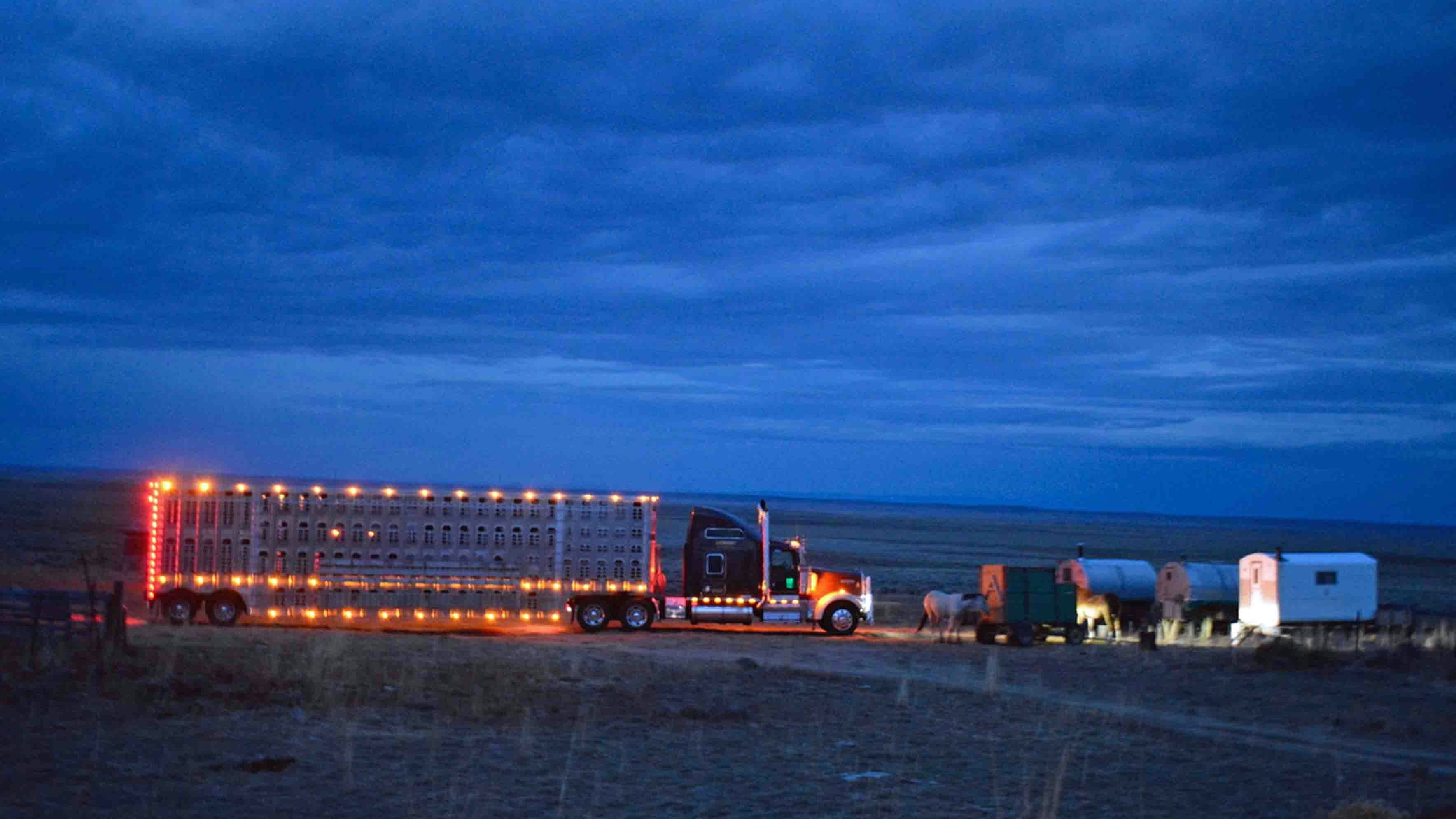
This is a glimpse of the annual cycle of domestic sheep production in the Rock Springs District of the Bureau of Land Management.
The flocks we sorted this week spend their summer near the Wind River Mountains, but other flocks venture into the Wyoming Range, or the Uintas.
The flocks are owned by local families, some of which have been grazing sheep here for five generations.
It's my view that western Wyoming’s range sheep heritage is jeopardized by the BLM’s draft resource management plan – despite range livestock production being a sustainable use of these lands. In its current form, the plan will also restrict the use of public lands by all those other folks we met on the road Wednesday morning.
These lands have a certain character, a reflection of the area’s natural resources and natural resource users, of our customs and culture. The BLM wants to preserve the landscape, but at the cost of its vital character that draws each of us to our public lands.
Cat Urbigkit is an author and rancher who lives on the range in Sublette County, Wyoming. Her column, Range Writing, appears weekly in Cowboy State Daily.


